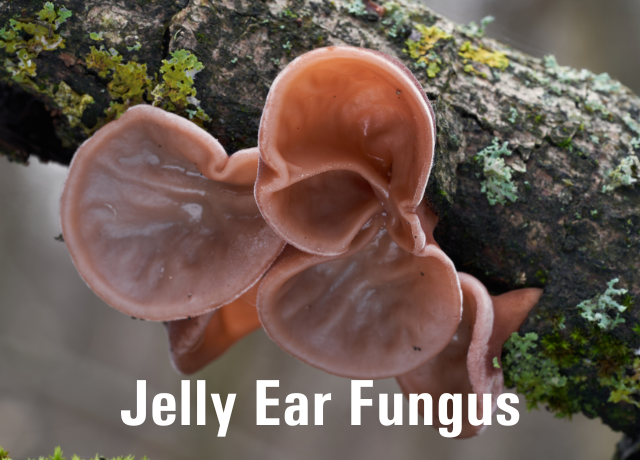
Heartwood Decay and Jelly Ear Fungus
Jelly Ear Fungus (Auricularia auricula judae ) plays a crucial role in decomposing dead wood and recycling nutrients back into the soil. The problem is that if it’s on your specimen tree, then it may not be good news.
I recently spotted Jelly Ear Fungus on a stunning Cherry Tree in Pukekohe in Franklin ,and felt a moment of sadness at what would surely follow.
Jelly Ear Fungus, also commonly called the unkind name “Jews Ear Fungus” or Auricularia auricula-judae, grows in dead or decaying wood. It looks a bit like a gelatinous human ear.
As Arborists the sight of this fungus will signal a tree is under stress and heartwood decay is in progress. This will likely lead to the early demise of the infected tree.
If the tree is a much-loved specimen tree, then time can be bought by removing the affected limbs in an attempt to slow the process. This deadwood is usually obvious. Good strategic pruning could also help by reducing the crown of high-risk branches. However, it is often the beginning of the end for the tree and the stability of the tree could become compromised.
The heartwood of trees is generally not considered alive. This region of dead cells supports a tree and makes up the bulk of the weight of the trunk but it does not help the tree to survive or carry out processes necessary for life. The deterioration of heartwood leads to stability issues, so an arborist should assess any trees showing signs of Jelly Ear fungus for the potential damage caused by falling trees or branches. Once established, the fungus slowly decomposes the wood using enzymes that break down the tough heartwood tissue. By the time a fruiting body is produced and visible on the trunk of a living tree, the fungus will likely have been there for many years.
The spores of the fungi can be carried by wind or insects to exposed heartwood through a wound. To prevent pathogens from entering your tree always use correct cutting and pruning techniques so the tree can heal itself quickly before diseases can enter the wound site.
The value of a skilled Arborist and professional workmanship to ensure the future health of your tree cannot be underestimated. Incoreect techniques and poor cutting can leave your tree exposed to potentially fatal pathogens.